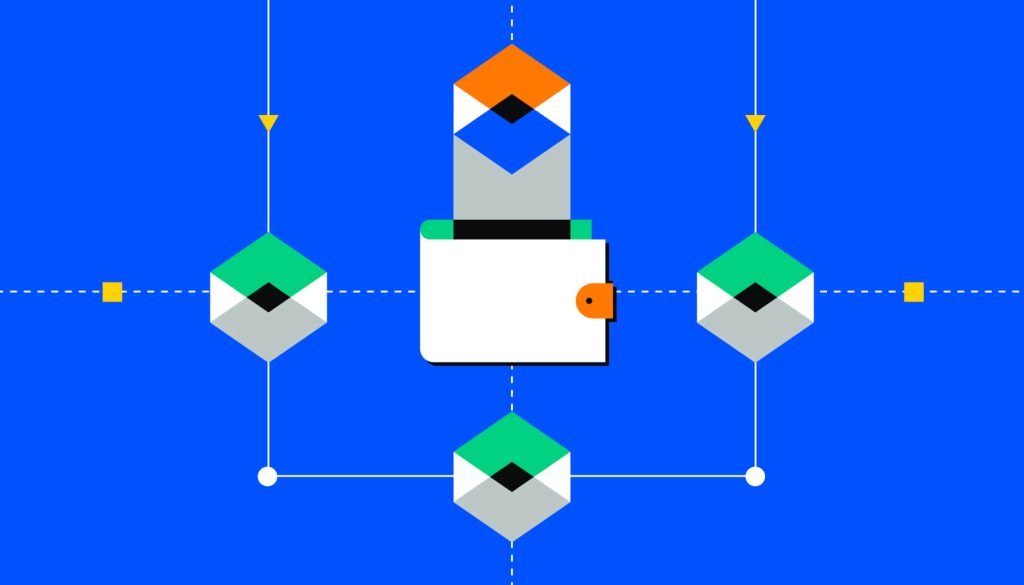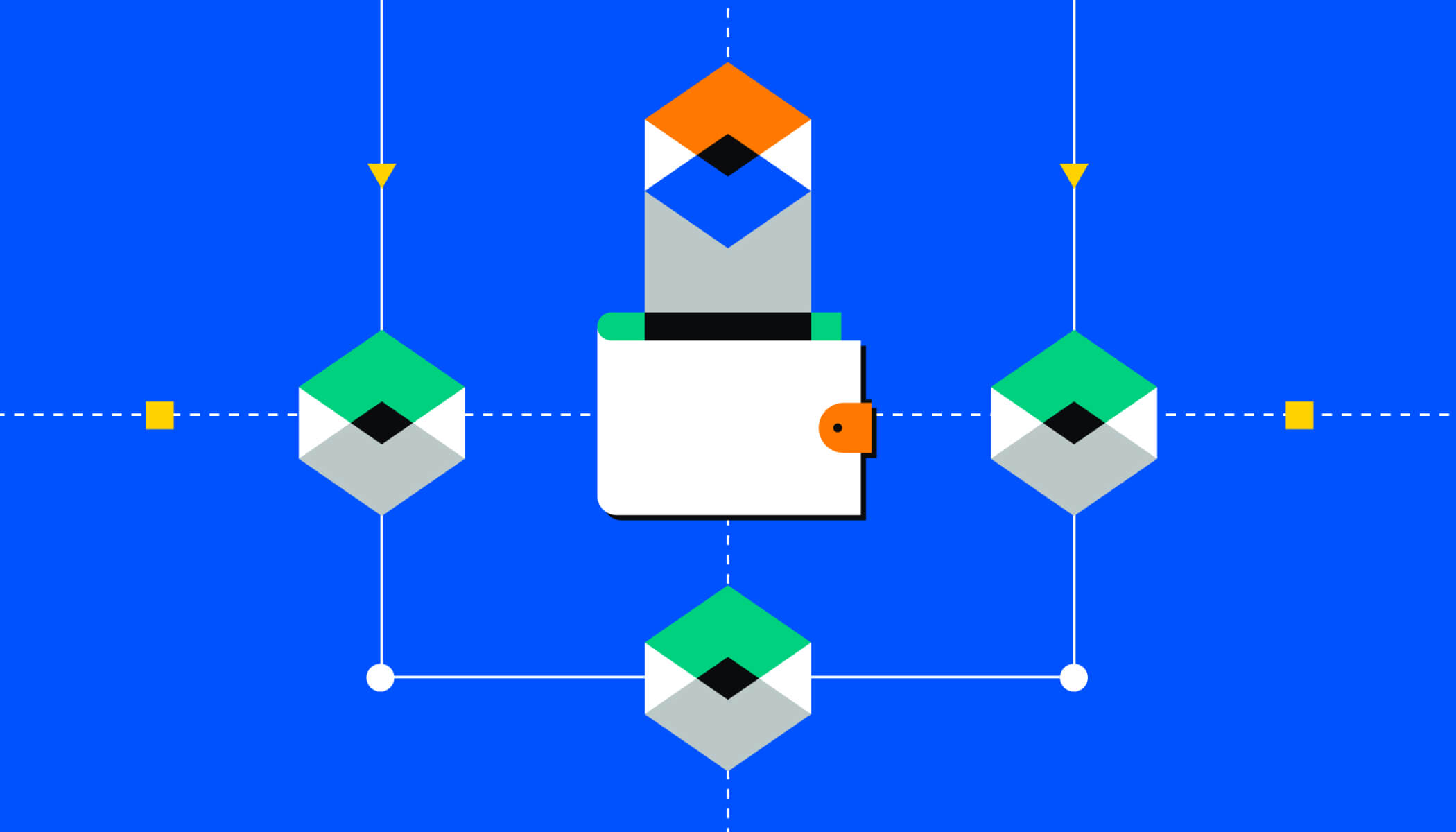Cryptocurrency operates on a decentralized network that ensures security, transparency, and autonomy. At the core of this system are nodes, which play a crucial role in maintaining the integrity of blockchain technology. Nodes act as the backbone of a cryptocurrency network, validating transactions, storing blockchain data, and ensuring the decentralized nature of digital assets like Bitcoin and Ethereum.

In this in-depth article, we will explore what nodes are, how they work, their different types, and their significance in blockchain technology. By the end, you’ll have a thorough understanding of why nodes are vital to cryptocurrency and how they contribute to the security and stability of decentralized networks.
1. What Is a Node in Cryptocurrency?
A node in cryptocurrency is a computer or device that connects to a blockchain network to support its functionality. Nodes communicate with one another to keep the blockchain updated, verify transactions, and ensure a decentralized consensus.
Since blockchains do not rely on a central authority, nodes act as independent entities that maintain the ledger, preventing fraud and ensuring that transactions are processed correctly.
Key Functions of Nodes
Nodes serve multiple purposes, including:
- Transaction validation – Ensuring all transactions are legitimate before being added to the blockchain.
- Block verification – Checking new blocks to ensure they follow network rules.
- Maintaining a copy of the blockchain – Storing and updating the complete ledger of transactions.
- Facilitating decentralization – Removing the need for a centralized entity by distributing control among participants.
Each blockchain network (Bitcoin, Ethereum, Solana, etc.) has its own set of rules for how nodes operate, but the underlying principle remains the same: to maintain the integrity of the network.
2. How Do Cryptocurrency Nodes Work?
Nodes interact with one another using peer-to-peer (P2P) communication, meaning that no single node has control over the network. When a transaction is initiated, it is broadcast to all nodes, which then validate it before adding it to the blockchain.
Step-by-Step Process of Node Functionality
- Transaction Initiation – A user sends cryptocurrency from one wallet to another.
- Transaction Broadcast – The transaction is sent to the network of nodes.
- Validation by Nodes – Nodes verify that the sender has enough funds and that the transaction follows blockchain rules.
- Block Formation – Valid transactions are grouped into a new block by miners or validators.
- Consensus Mechanism – Depending on the blockchain’s protocol (Proof of Work, Proof of Stake, etc.), the block is confirmed.
- Block Addition – Once verified, the block is added to the blockchain, and the transaction is recorded permanently.
- Ledger Update – All nodes update their copy of the blockchain to reflect the new transaction.
This process ensures that cryptocurrency transactions remain secure, transparent, and irreversible.
3. Types of Nodes in Cryptocurrency
Not all nodes function the same way. There are several types of nodes, each serving a unique role in the blockchain ecosystem.
1. Full Nodes
A full node stores the entire blockchain and participates in transaction verification. These nodes enforce the rules of the blockchain and ensure its security.
Characteristics of Full Nodes:
- Maintain a complete copy of the blockchain.
- Verify transactions independently without relying on external sources.
- Help in achieving network consensus.
- Require significant storage and processing power.
Bitcoin and Ethereum rely heavily on full nodes to maintain decentralization and ensure that no single entity can manipulate the blockchain.
2. Light Nodes (SPV Nodes)
A light node, or Simplified Payment Verification (SPV) node, does not store the entire blockchain but instead downloads only essential data to verify transactions.
Characteristics of Light Nodes:
- Do not maintain a full copy of the blockchain.
- Rely on full nodes for transaction validation.
- Require less storage and computational power.
- Commonly used in mobile wallets and lightweight applications.
Light nodes are ideal for users who want to interact with the blockchain without the need for heavy infrastructure.
3. Mining Nodes
Mining nodes are responsible for adding new transactions to the blockchain through the Proof of Work (PoW) consensus mechanism. These nodes solve complex mathematical puzzles to validate and secure transactions.
Characteristics of Mining Nodes:
- Use computational power to solve cryptographic puzzles.
- Compete with other mining nodes to create new blocks.
- Require specialized hardware like ASICs (Application-Specific Integrated Circuits) or GPUs.
- Earn block rewards and transaction fees as incentives.
Bitcoin miners are a well-known example of mining nodes, as they compete to solve hashes and validate transactions.
4. Validator Nodes
Unlike mining nodes, validator nodes operate under the Proof of Stake (PoS) consensus mechanism. Instead of solving puzzles, validators stake cryptocurrency as collateral to confirm transactions.
Characteristics of Validator Nodes:
- Require users to stake tokens instead of using computational power.
- More energy-efficient than mining nodes.
- Used in networks like Ethereum 2.0, Solana, and Cardano.
- Earn staking rewards for participating in the network.
Validator nodes help maintain security while reducing the energy consumption associated with traditional mining.
5. Masternodes
Masternodes are specialized full nodes that provide additional services, such as governance, privacy transactions, and instant transactions.
Characteristics of Masternodes:
- Require a minimum collateral deposit to operate.
- Offer governance rights and voting power.
- Help process transactions faster than regular nodes.
- Found in networks like Dash and Horizen.
Masternodes offer financial incentives to users who operate them, making them an attractive investment for blockchain enthusiasts.
4. Importance of Nodes in Cryptocurrency
Nodes are essential to maintaining the security, decentralization, and integrity of blockchain networks.
1. Ensuring Decentralization
Nodes remove the need for centralized authorities, preventing control by a single entity. The more nodes in a network, the more decentralized and resilient it becomes.
2. Providing Security and Transparency
Since nodes validate and record transactions, they prevent fraud and double-spending. Every transaction is publicly verified, ensuring transparency in the blockchain.
3. Enforcing Network Rules
Nodes ensure that all participants follow the consensus rules, rejecting invalid transactions or blocks. This prevents malicious actors from manipulating the blockchain.
4. Supporting Network Uptime
A large number of nodes increases network stability and uptime, ensuring constant availability even if some nodes go offline.
5. How to Run a Cryptocurrency Node
Running a node can be rewarding but requires specific hardware, software, and network requirements.
Basic Requirements to Run a Node
- Hardware: A computer with a fast processor, at least 500GB of storage, and a stable internet connection.
- Software: Official node software for the blockchain you want to support (e.g., Bitcoin Core for Bitcoin).
- Internet Connection: Nodes must be online 24/7 to sync and validate transactions.
Steps to Set Up a Full Node
- Download Node Software – Obtain the official software for the blockchain (e.g., Bitcoin Core, Geth for Ethereum).
- Install and Configure – Set up the node on a dedicated computer.
- Sync with the Network – The node will download and verify the entire blockchain.
- Maintain the Node – Keep the software updated and ensure the system stays online.
6. Conclusion: The Backbone of Cryptocurrency Networks
Nodes play an essential role in maintaining security, decentralization, and transparency in blockchain technology. Whether as full nodes, light nodes, mining nodes, validator nodes, or masternodes, they ensure the integrity of digital transactions and keep the network running efficiently.
Understanding how nodes work gives users insight into how cryptocurrency networks function, making them more informed participants in the blockchain space. As the world moves toward greater blockchain adoption, nodes will continue to be the foundation of secure and decentralized finance.
FAQ: Cryptocurrency Nodes
1. What is a node in cryptocurrency?
A node is a computer or device that connects to a blockchain network to store, verify, and transmit transactions, ensuring decentralization and security.
2. What do nodes do in a blockchain?
Nodes validate transactions, store blockchain data, enforce network rules, and communicate with other nodes to maintain integrity.
3. What are the different types of cryptocurrency nodes?
- Full Nodes – Store and validate the entire blockchain.
- Light Nodes – Use minimal data for transaction verification.
- Mining Nodes – Solve cryptographic puzzles to add new blocks.
- Validator Nodes – Stake tokens to confirm transactions.
- Masternodes – Provide governance and enhanced network services.
4. Why are nodes important?
Nodes ensure security, decentralization, and transparency in blockchain networks, preventing fraud and maintaining uptime.
5. Can I run my own cryptocurrency node?
Yes. Running a node requires hardware, internet, and blockchain software. Full nodes help support the network, while mining and validator nodes may earn rewards.
6. Do all blockchains require nodes?
Yes, nodes are essential for maintaining and securing any blockchain network.
7. What is the difference between full nodes and light nodes?
Full nodes store the entire blockchain, while light nodes only download essential data for quick transaction verification.
8. How do nodes help with decentralization?
Nodes distribute blockchain data across multiple devices, preventing central control and making the network more secure.
9. Are nodes the same as miners?
No. While all miners are nodes, not all nodes are miners. Miners validate blocks, while other nodes verify transactions and store blockchain data.
10. Do nodes earn rewards?
Some nodes, like mining and validator nodes, earn rewards, while full and light nodes typically do not.
11. How many nodes does a blockchain need?
The more nodes a blockchain has, the more secure and decentralized it becomes. Large networks like Bitcoin have thousands of nodes.
12. Can I run a node on my laptop?
Yes, but full nodes require significant storage and processing power. Light nodes are better for lower-end devices.
13. Do nodes work offline?
No. Nodes need to be online to sync with the blockchain and validate transactions.
14. How do I find active nodes on a blockchain?
Most blockchains provide public node explorers or APIs to check active nodes.
15. Can a node be hacked?
While nodes can be attacked, the decentralized nature of blockchain ensures network security remains intact.

